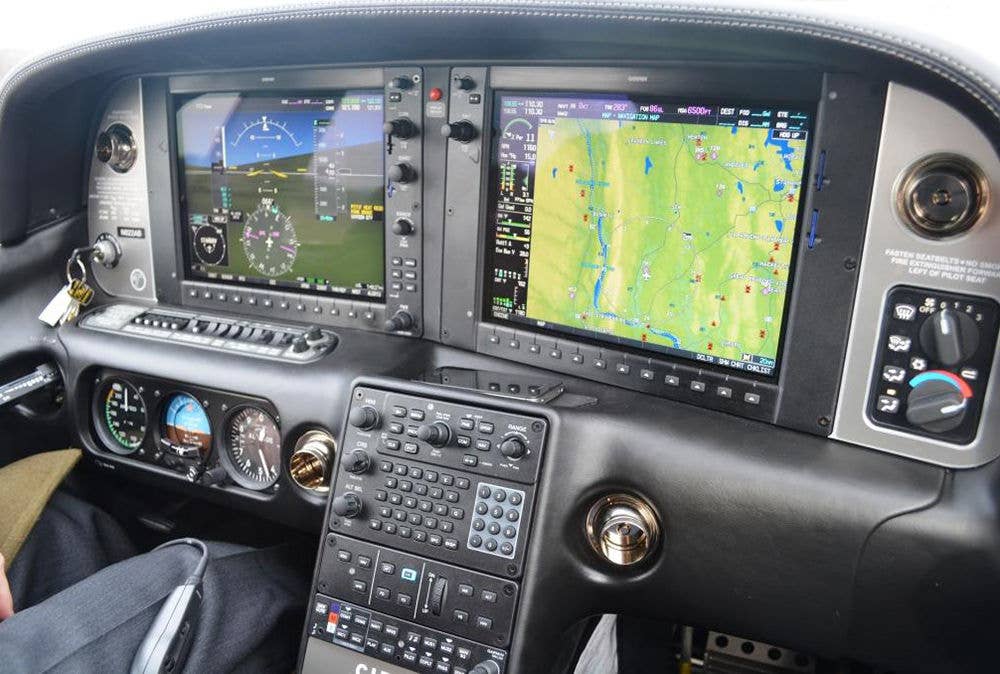
Using TAAs could solve the problem of being unable to locate enough traditional complex aircraft to meet training and check ride demands. Mark Phelps
Nearly three-quarters of the Society of Aviation and Flight Educators (SAFE) members who answered the organization’s survey at AirVenture 2016, voted in favor of allowing technically advanced aircraft (TAAs) to be substituted for the complex aircraft currently required to complete the practical portion of a commercial pilot or certified flight instructor check ride.
Traditional complex aircraft include retractable landing gear, a constant speed propeller and flaps, but a TAA includes at least an IFR-certified GPS navigation system, a moving map display and an integrated autopilot. Most TAAs also include an electronic primary flight display (PFD). Flight training organizations in the U.S. currently face significant difficulty locating enough traditional complex aircraft to meet training and check ride demands, a problem the TAAs could solve.
Along with their scarcity, the few traditional complex aircraft that can be located are quickly becoming cost prohibitive. In many areas, the only solution has been to conduct these practical exams in multi-engine aircraft, an even more expensive option. The FAA believes both problems are making the pursuit of these certificates less and less attractive to candidates, just as the demand for qualified pilots is on the rise.
In the same AirVenture survey, SAFE members were less enthusiastic about another of the NPRM’s proposals that would no longer require the presence of a CFI when a pilot is using a full flight simulator, flight training device or aviation training device for IFR currency. Specifically, only 42.8 percent of SAFE attendees agreed or strongly agreed with that proposal.
The results of the SAFE survey were sent to the FAA prior to the August 10 closing date for comments on the Notice of Proposed Rulemaking, NPRM-2016-6142-001, which calls for flight training industry regulatory relief.

Sign-up for newsletters & special offers!
Get the latest FLYING stories & special offers delivered directly to your inbox






